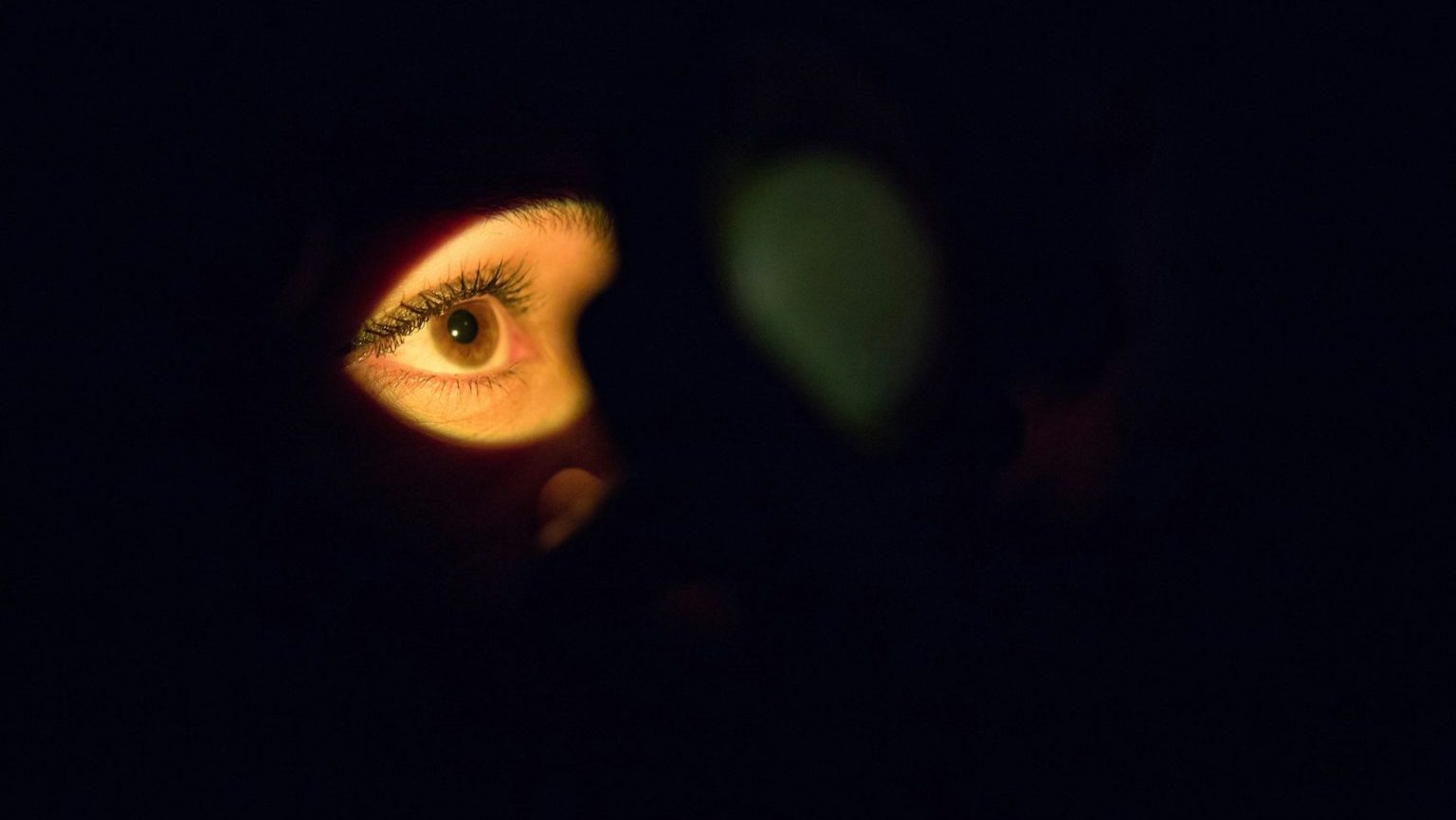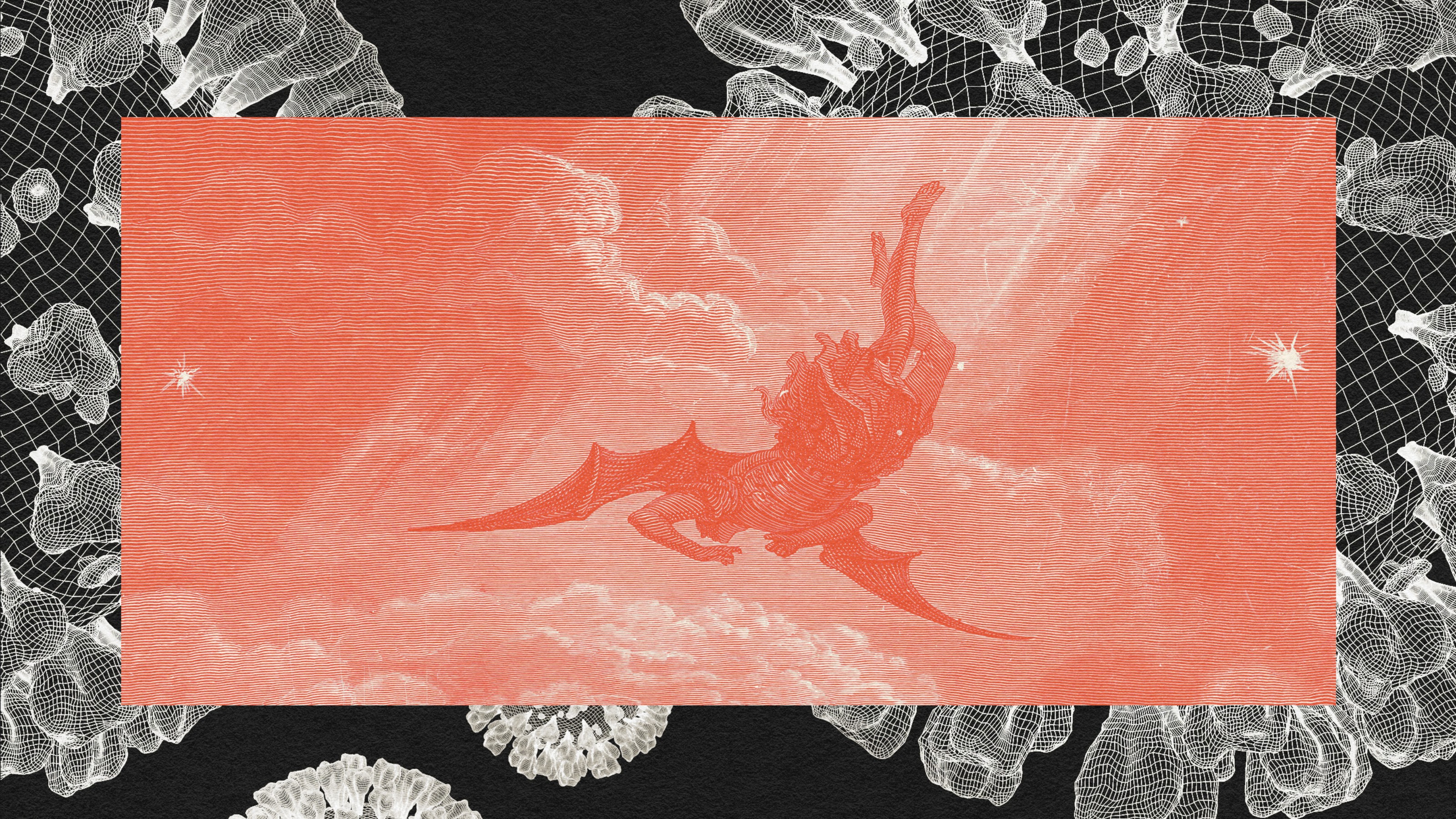On Framing, Thoughts from Kansas, John Horgan, & CJR
As we go on the road with our Speaking Science 2.0 tour, it’s a chance for many to hear a more detailed presentation of the Nisbet & Mooney thesis. It’s also a chance to engage in an important conversation about new directions in science communication. (For example, based on our talk last month at the Stowers Institute, Josh Rosenau has this comprehensive summary over at Thoughts from Kansas.)
Monday night at the New York Academy of Sciences, close to 150 people turned out to hear our latest presentation, with a lively question & answer period that followed. Among those in the audience was Gavin Schmidt, NASA scientist and contributor to Real Climate.org. I enjoyed sharing ideas with Gavin at the reception afterwards, as we took in the spectacular view from the New York Academy’s new digs on the 40th floor of 7 World Trade Center.
Curtis Brainard from the Columbia Journalism Review was on hand covering the event, and he filed this report on our talk, featuring several thoughts from Schmidt. (Chris has this response.)
Also in attendance was John Horgan, author of The End of Science, one of my favorite books investigating the social, philosophical, and personal side of scientific knowledge. At his blog, Horgan offers some reservations about what he perceives as “spin,” and I wanted to take time out to respond:
By definition, framing is already a central part of traditional science communication. Whether writing up a grant proposal, authoring a journal article, or providing expert testimony, scientists often emphasize certain technical details over others, with the goal of maximizing persuasion and understanding across contexts. Moreover, press officers and science reporters routinely negotiate story angles that favor particular themes and narratives, or at the expense of context, define news narrowly around a single scientific study.
The point is that even in the context of a journal article or traditional science coverage, packaging is unavoidable. Facts, rarely if ever, speak for themselves.
When attention to science shifts from the science pages to other media beats, new audiences are reached, new interpretations emerge, and new voices gain standing in coverage. These rival voices strategically frame issues around dimensions that feed on the biases of journalists, commentators, and their respective audiences.
If scientists do not adapt to the rules of an increasingly fragmented media system, shifting from frames that only work at the science beat to those that fit at other media outlets, then they risk ceding their important role as communicators. Scientists should remain true to the science, but recast issues in ways that connect more closely to the social background of non-traditional audiences and that fit the imperatives of the particular media beat.
E.O Wilson’s latest book The Creation is a leading example. He defines environmental problems both in terms of science but also morality, arguing that scientists and religious Americans should share similar goals when it comes to stewardship of the planet. In doing so, he appeals to a religious audience who might not otherwise read popular science books. His framing efforts have also functioned as a news peg at religious media outlets, sparking incidental exposure to coverage of the environment and climate change. In this effective message strategy, certainly no one would accuse E.O Wilson of engaging in spin!




